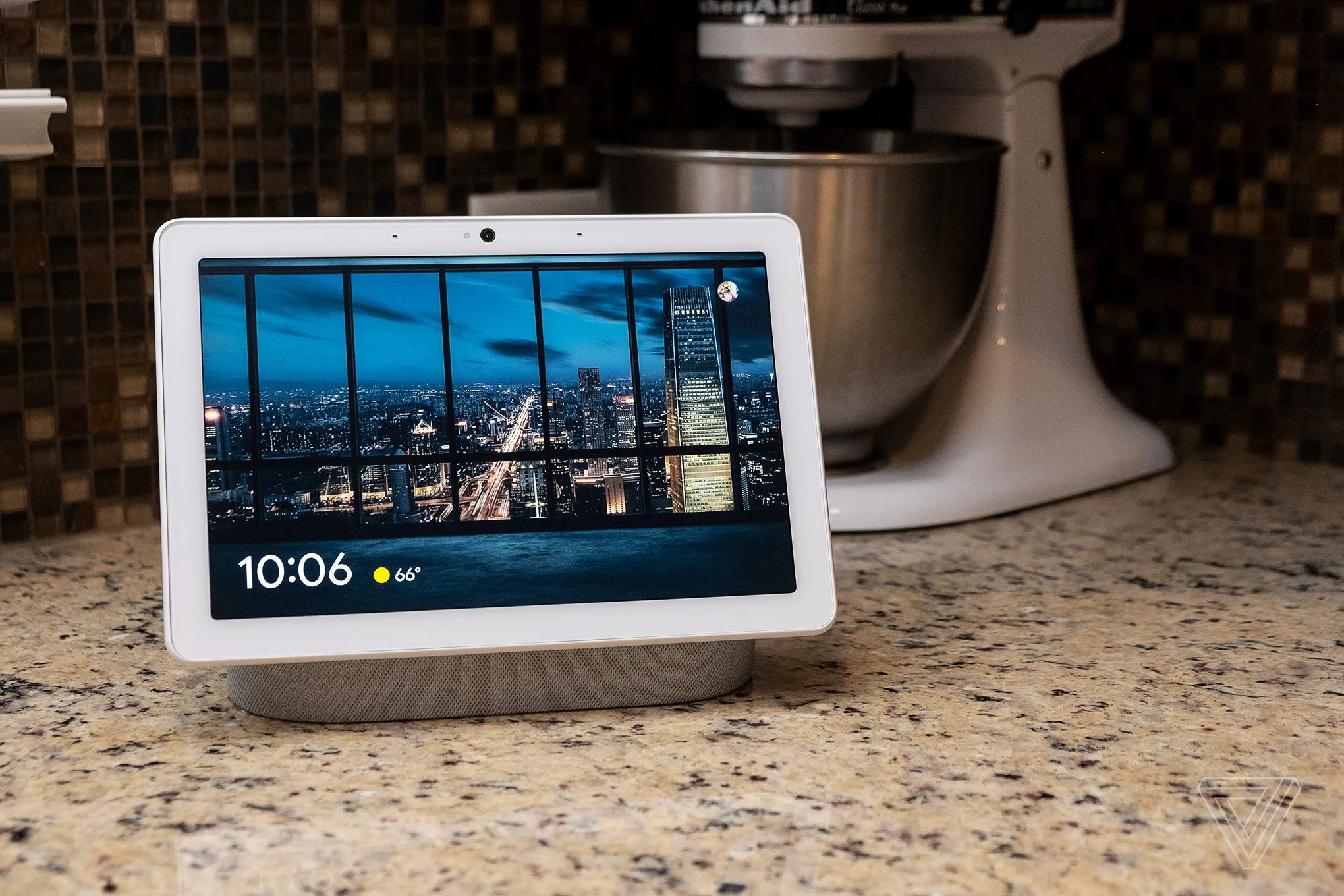While the idea of robots seamlessly performing household chores sounds like a futuristic dream, advancements in robotics and artificial intelligence (AI) are steadily making this a closer reality. However, the transition of these technologies from labs to our living rooms is complex and laden with challenges.
Technological Advancements in Household Robotics
Recent developments in AI and robotics have led to significant improvements in the ability of robots to perform tasks such as cooking, cleaning, and general housekeeping. Techniques like reinforcement learning and imitation learning have been pivotal. Robots can now learn tasks by imitating human actions or through trial and error, facilitated by AI models that process visual and sensor data to enhance robot autonomy and adaptability.
For instance, MIT researchers have developed methods to impart ‘common sense’ to robots, enabling them to adapt to unexpected situations during task performance. This includes the ability to replan and recover from errors without human intervention, making them more reliable and efficient.
The Role of Large X Models (LXMs)
One of the core technologies driving this evolution is the development of Large X Models (LXMs). These foundation models, trained on vast datasets, are enhancing the cognitive capabilities of robots, allowing them to understand and execute a wide range of household tasks. From language processing to sensory data interpretation, LXMs are at the forefront of this technological push.
Integration Challenges and Safety Concerns
Despite these advancements, integrating robots into everyday domestic environments poses significant challenges. The complexity of real-world settings introduces variables that can confuse even the most advanced robots. Issues of safety and reliability also come to the fore, as robots must perform tasks without endangering humans or causing damage to property.
Market Adoption and Future Outlook
The market for household robots is growing, with particular interest in age tech devices designed for the elderly. Robots that assist with daily living activities are becoming more common in countries with aging populations, like Japan. These devices not only perform tasks but also help maintain the independence of their users.
The future of household robotics looks promising with continuous advancements in AI. However, the path to widespread adoption is still fraught with technological and practical challenges. As AI technologies evolve, so too will the capabilities of household robots, potentially transforming the dream of having a robot butler into reality.










Add Comment